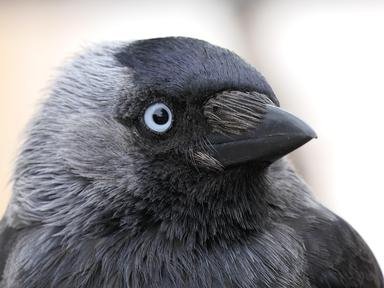
Weighing Up British Birds Trivia Quiz
This quiz has ten birds which are regularly seen in the UK. Can you put them in order from the lightest to the heaviest? The weights have been taken from the RSPB website and are averages but I've avoided any overlaps..
An ordering quiz
by rossian.
Estimated time: 3 mins.
- Home
- »
- Quizzes
- »
- Animal Trivia
- »
- Wild Birds
- »
- Wild Birds UK